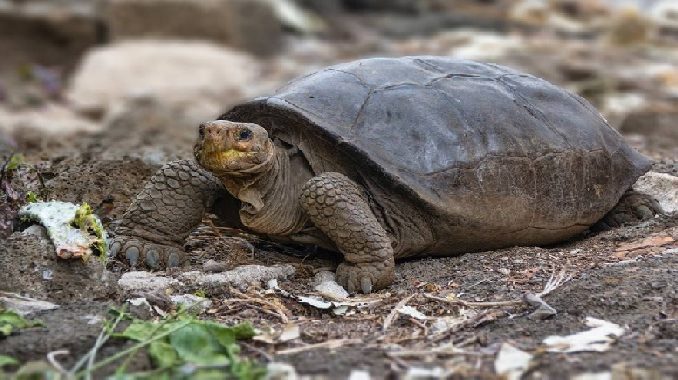
The Minister of the Environment, Gustavo Manrique, announced the existence of a species of turtle that was believed to have been extinct more than 100 years ago.
In his Twitter account, the Secretary of State commented that it is the Chelonoidis phantasticus species and that it was found in the Galapagos Islands.
The finding came two years after a team from the Galapagos National Park Directorate (GNPD) of the Ministry of Environment and Water and the Galapagos Conservancy organization carried out genetic studies and the respective comparison of the DNA of the adult female giant tortoise found in Fernandina Island with another specimen taken in 1906.
The result of the investigation determined that the turtle belongs to the Chelonoidis phantasticus species, considered extinct more than a century ago.
The minister pointed out that with this finding “hope remains intact and Ecuador, once again, ratifies the reason why it is one of the most megadiverse countries in the world, one more reason for tourists to choose us as their main natural destination” .
Danny Rueda, director of the Galapagos National Park, assured that this discovery renews the hope of recovery of this species, in order to avoid a fate similar to that of the lonely George.
For the second half of this year, the rangers and scientists of the Galapagos Conservancy, through the Giant Tortoise Restoration Initiative (GTRI), are planning an expedition to return to Fernandina Island in search of of other turtles that could exist and belong to the species found.
James Gibbs, vice president of Science and Conservation of the Galapagos Conservancy and an expert on turtles at the State University of New York, said that finding the giant tortoise on Fernandina Island may have happened at the right time to save it.
Giant tortoise populations were devastated in the 19th century due to exploitation by whalers and buccaneers; Furthermore, this species may have been affected by volcanic eruptions over the last few centuries.

Be the first to comment